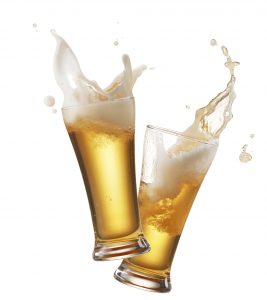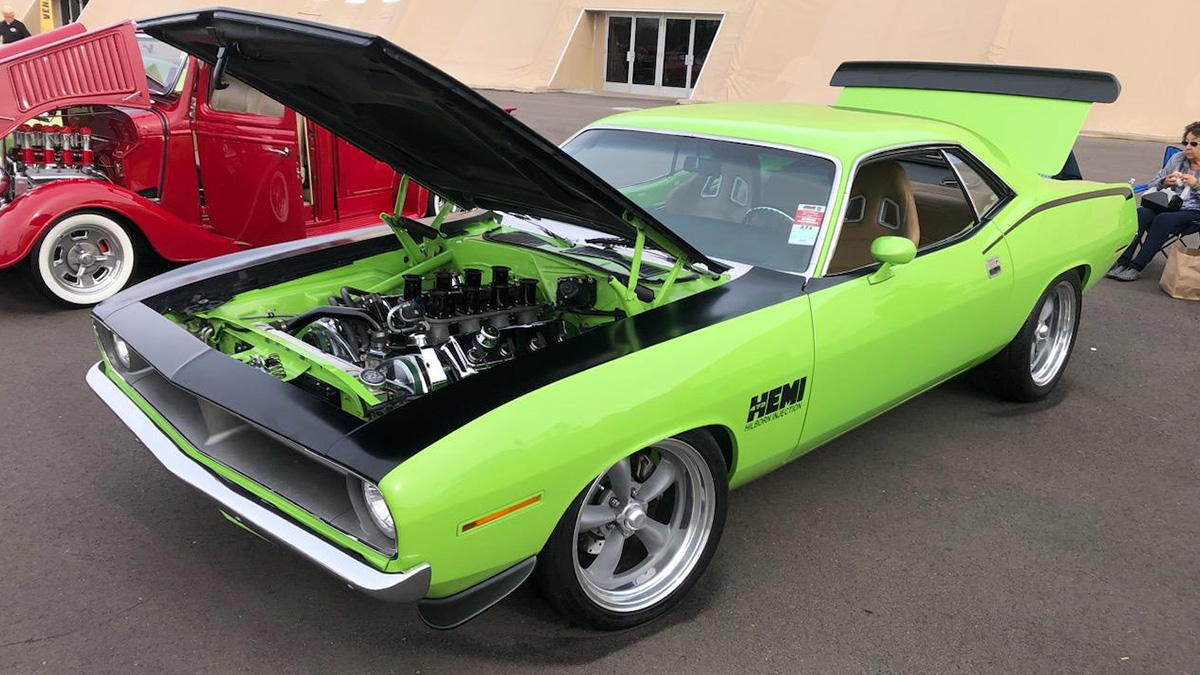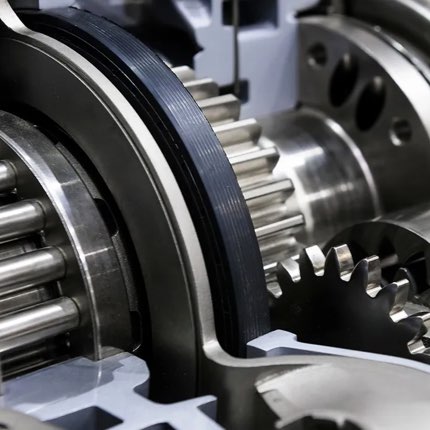Horsepower. Automakers chase it. Automotive websites tout it. Enthusiasts always want more of it. But what is horsepower? How is horsepower calculated and what does it mean?
We explain it all here.
Horsepower propels beer boom
In a stroke of marketing genius, eighteenth-century Scottish engineer James Watt coined the term “horsepower” to help sell London industrialists on the ability of his new steam engines to more efficiently produce beer.
Londoners had such a hankering for a strong, dark porter made at the Goat Brewhouse, that the draft horses at its mill wheel couldn’t keep up.
So, in 1784, the brewhouse’s owner installed one of Watt’s newfangled steam engines. Thanks to its efficiency, London was soon awash in suds.
And the term “horsepower” is partly to thank.
The birth of “horsepower”
To sell his steam engine, Watt had to convince business owners they could efficiently replace the horses upon which their brewers relied.
What better way than to pitch his machines as offering enough power to replace X number of horses?
Imagine accomplishing the work of, say, 200 horses without cleaning a single stable?
What is horsepower?
Observing the strong draft horses at the heart of the London breweries, Watt reckoned one horse could turn a 12-foot mill wheel 144 times per hour. He also estimated the horse could pull with 180 pounds of force.
Performing some complicated math, Watt reasoned a horse can push 32,572 pounds one foot per minute, which Watt rounded to 33,000 pounds.
Although some have since questioned Watt’s presuppositions (he did have a financial interest in proving his engines could replace horses, after all), the term “horsepower” stuck.
Watt could advertise his steam engines as producing the same amount of power as a specified number of horses.
This allowed the bean counters to calculate how much money running steam engines would save their companies compared to horses.
Find out the difference between horsepower and torque.
How much is one horsepower?
Thanks to Watt, we all accept that one horsepower equals 33,000 ft·lbf/min (about 745 watts).
The term has since become part of our collective conscience.
No respectable car website or magazine would review a vehicle without reporting its horsepower figure.
But horsepower figures can be too abstract to get our heads around. Here are some examples to add context.
- A healthy person can produce about 1.2 hp briefly, and 0.1 hp indefinitely
- Jamaican sprinter Usain Bolt produced a maximum of 3.5 hp during his 2009 world-record 100-meter dash
- The average horse is capable of 14.9 hp at its peak
- The Lotus Evija supercar makes 2,000 hp
- The Wärtsilä RT-flex96C, the most powerful diesel engine in the world, makes 109,000 hp
What good is all that power?
Of course, all that power means nothing if your motor oil can’t handle it. AMSOIL synthetic lubricants are designed to fight wear and deposits, which helps ensure your engine continues making all that power you crave.
Originally published Nov. 7, 2016.








Comments
Share: